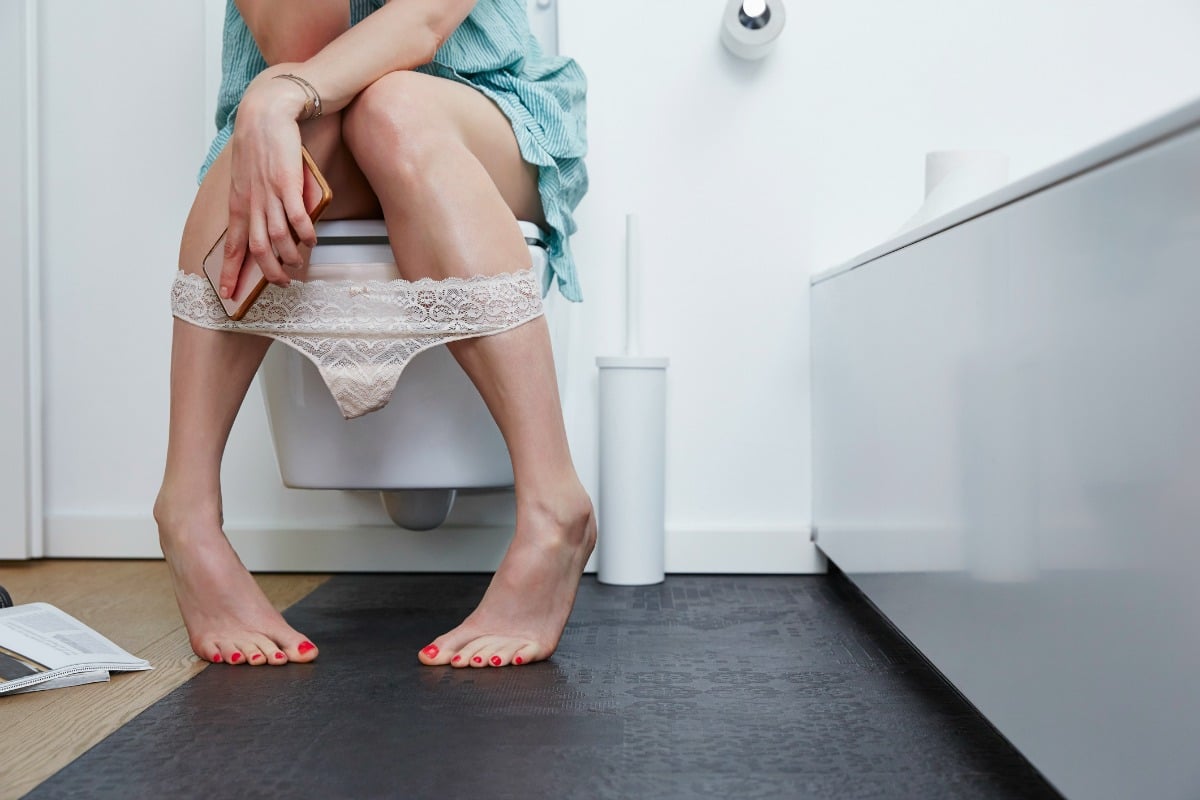
What – you don’t look?
Sure, it’s gross. But as the popular kid’s book says, everybody poops. And if you don’t look, you could be missing out on some very useful info.
And turns out, just as with the shade of your period blood, the hue, quality and consistency of your bowel movements can actually provide some valuable clues about your health. In fact, certain chronic conditions can make themselves known when you do a number two. So next time you go, pay attention before you flush.
Watch: Why you shouldn’t hold in your poop. Post continues after video.
Here are a few things to look for, and what they could mean…
Pencil-thin
If your stool comes out long and thin, like a pencil, it could be the result of excessive straining. You shouldn’t have to bear down too hard to poop; it should come as easily as passing gas or urinating. If you’re having trouble, and your poop looks like a pencil, it could be a sign that you have an obstructed bowel. This could be caused by a benign rectal polyp, an enlarged prostate (for guys only, obviously), or even colon or rectal cancer, so if it keeps up for a week or more, let your doctor know.
Hard pebbles
If you constantly battle with constipation, your bowel movements are likely to be hard, dry, and pebble-like. Occasional constipation isn’t a big deal (increase your fibre intake and drink plenty of water), but if this is happening on the regular, keep an eye out for these other symptoms: fatigue, weight gain, hypersensitivity to cold, dry skin, hoarseness, and muscle weakness. These are all symptoms of hypothyroidism – a condition that affects about five per cent of the population, is much more common in women than men, and includes chronic constipation.
